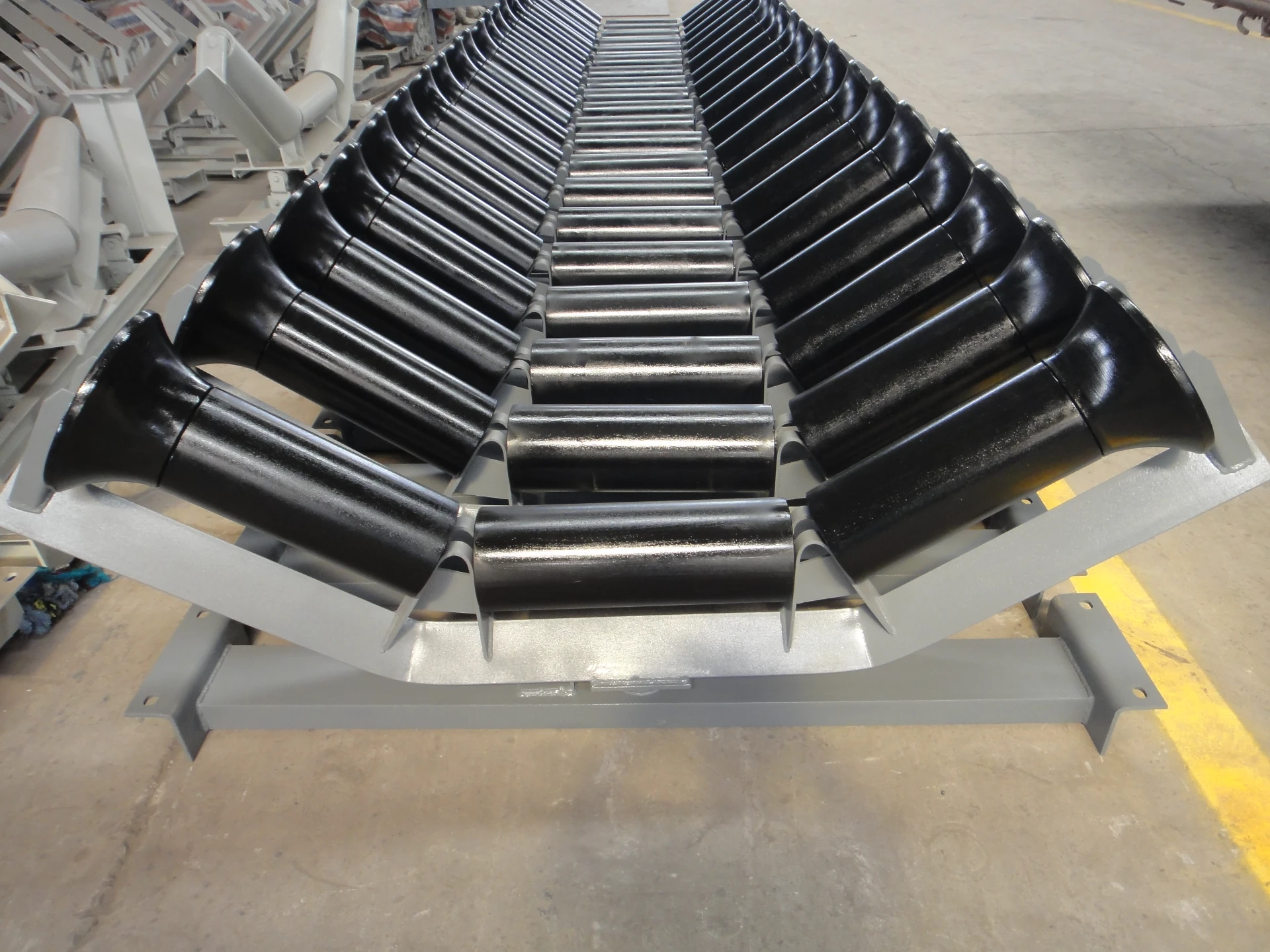 Afrikaans
Afrikaans  Albanian
Albanian  Amharic
Amharic  Arabic
Arabic  Armenian
Armenian  Azerbaijani
Azerbaijani  Basque
Basque  Belarusian
Belarusian  Bengali
Bengali  Bosnian
Bosnian  Bulgarian
Bulgarian  Catalan
Catalan  Cebuano
Cebuano  Corsican
Corsican  Croatian
Croatian  Czech
Czech  Danish
Danish  Dutch
Dutch  English
English  Esperanto
Esperanto  Estonian
Estonian  Finnish
Finnish  French
French  Frisian
Frisian  Galician
Galician  Georgian
Georgian  German
German  Greek
Greek  Gujarati
Gujarati  Haitian Creole
Haitian Creole  hausa
hausa  hawaiian
hawaiian  Hebrew
Hebrew  Hindi
Hindi  Miao
Miao  Hungarian
Hungarian  Icelandic
Icelandic  igbo
igbo  Indonesian
Indonesian  irish
irish  Italian
Italian  Japanese
Japanese  Javanese
Javanese  Kannada
Kannada  kazakh
kazakh  Khmer
Khmer  Rwandese
Rwandese  Korean
Korean  Kurdish
Kurdish  Kyrgyz
Kyrgyz  Lao
Lao  Latin
Latin  Latvian
Latvian  Lithuanian
Lithuanian  Luxembourgish
Luxembourgish  Macedonian
Macedonian  Malgashi
Malgashi  Malay
Malay  Malayalam
Malayalam  Maltese
Maltese  Maori
Maori  Marathi
Marathi  Mongolian
Mongolian  Myanmar
Myanmar  Nepali
Nepali  Norwegian
Norwegian  Norwegian
Norwegian  Occitan
Occitan  Pashto
Pashto  Persian
Persian  Polish
Polish  Portuguese
Portuguese  Punjabi
Punjabi  Romanian
Romanian  Russian
Russian  Samoan
Samoan  Scottish Gaelic
Scottish Gaelic  Serbian
Serbian  Sesotho
Sesotho  Shona
Shona  Sindhi
Sindhi  Sinhala
Sinhala  Slovak
Slovak  Slovenian
Slovenian  Somali
Somali  Spanish
Spanish  Sundanese
Sundanese  Swahili
Swahili  Swedish
Swedish  Tagalog
Tagalog  Tajik
Tajik  Tamil
Tamil  Tatar
Tatar  Telugu
Telugu  Thai
Thai  Turkish
Turkish  Turkmen
Turkmen  Ukrainian
Ukrainian  Urdu
Urdu  Uighur
Uighur  Uzbek
Uzbek  Vietnamese
Vietnamese  Welsh
Welsh  Bantu
Bantu  Yiddish
Yiddish  Yoruba
Yoruba  Zulu
Zulu impact idlers are used in a belt conveyor at
The Role of Impact Idlers in Belt Conveyors
Belt conveyors are pivotal in various industries for material handling, providing a continuous, efficient means of transporting bulk materials. The design of these conveyors is fundamental to their operational efficiency and safety. Among the critical components of a belt conveyor system are the impact idlers, which play a significant role in protecting the conveyor belt and enhancing its performance.
Understanding Impact Idlers
Impact idlers are specialized rollers installed in the loading zone of a belt conveyor, where the material is deposited onto the belt. As the raw materials fall onto the belt, they can exert significant forces that may lead to wear and tear, potentially damaging the conveyor system. Impact idlers are designed to absorb these shocks, thereby reducing the impact on the belt itself.
Functionality and Features
1. Shock Absorption The foremost function of impact idlers is to absorb the energy from the falling materials. By providing a cushion, they prevent excessive force from being transferred to the belt, which could lead to premature wear or even failure.
2. Alignment and Support Impact idlers help maintain belt alignment during loading, ensuring that the belt runs smoothly without displacement. Proper alignment is crucial for preventing additional wear and tear on the belt and associated components.
3. Material Handling Efficiency These idlers improve the overall efficiency of the belt conveyor system. By minimizing belt damage, they ensure a longer operational lifespan, reducing downtime for maintenance and replacements.
4. Dust and Material Control Impact idlers can be designed with features that help control dust and prevent spillage during the loading process. This is particularly important in environments where material loss can lead to significant economic impact or environmental concerns.
impact idlers are used in a belt conveyor at

Types of Impact Idlers
Impact idlers come in various designs tailored to specific applications. The most common types include
- Standard Impact Idlers Typically consist of a series of rollers that can withstand heavy loads and are used in a wide range of material handling architectures. - Rubber Impact Idlers Feature rubber-coated surfaces which provide additional cushioning and are suitable for handling fragile materials. - High-Performance Impact Idlers Designed for extreme operating conditions, these idlers feature advanced materials and construction methods to maximize their durability and effectiveness.
Installation and Maintenance
To ensure optimal performance, proper installation and maintenance of impact idlers are critical. During installation, careful attention should be paid to spacing and alignment. Regular inspections are necessary to identify signs of wear, such as deformation or excess movement of the idlers. Lubrication of bearings and cleaning of any debris are also essential to maintain efficient operation.
Economic Benefits
Investing in high-quality impact idlers can lead to significant economic advantages. By prolonging the life of the conveyor belt and minimizing the risk of failure, companies can reduce maintenance costs and increase the reliability of their material handling operations. This not only boosts productivity but also contributes to a safer work environment by minimizing the risk of accidents caused by equipment malfunctions.
Conclusion
Impact idlers are indispensable components of belt conveyors, crucial for shielding the conveyor belt from the potentially damaging forces of materials during loading. Their ability to absorb shocks, maintain alignment, and enhance material handling efficiency makes them essential for optimizing conveyor operations. Through proper selection, installation, and maintenance, industries can leverage the benefits of impact idlers to ensure a more reliable, cost-effective, and efficient conveyor system. As industries continue to evolve, the importance of such components in modern material handling solutions cannot be overstated, setting a standard for operational excellence and safety in the field.
-
Revolutionizing Conveyor Reliability with Advanced Rubber Lagging PulleysNewsJul.22,2025
-
Powering Precision and Durability with Expert Manufacturers of Conveyor ComponentsNewsJul.22,2025
-
Optimizing Conveyor Systems with Advanced Conveyor AccessoriesNewsJul.22,2025
-
Maximize Conveyor Efficiency with Quality Conveyor Idler PulleysNewsJul.22,2025
-
Future-Proof Your Conveyor System with High-Performance Polyurethane RollerNewsJul.22,2025
-
Driving Efficiency Forward with Quality Idlers and RollersNewsJul.22,2025





























